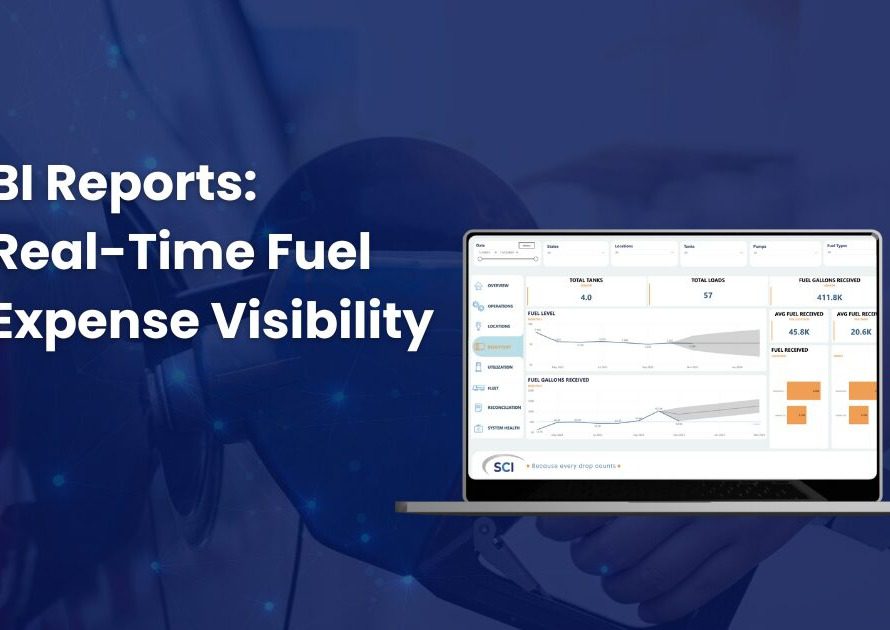Introduction
In today’s fast-paced business environment, efficient fuel management is critical for maintaining operational efficiency and controlling costs. Fuel monitoring systems provide a technological solution to manage and optimize fuel usage, detect potential issues, and ensure operational efficiency. This comprehensive guide covers the basics, benefits, and implementation of fuel monitoring systems, focusing on how they can transform your fuel management strategy.
What Are Fuel Monitoring Systems?
Fuel monitoring systems are technological solutions that track, measure, and manage fuel levels, consumption, and related metrics. These systems integrate with various sensors and software to provide real-time data and analytics, allowing businesses to optimize fuel usage, reduce waste, and enhance security.
Key Components of Fuel Monitoring Systems
- Sensors and Hardware: Sensors installed in fuel tanks measure levels, flow rates, and other critical data.
- Data Transmission: Systems use various communication methods (e.g., GPRS, satellite, Wi-Fi) to transmit data to a central platform.
- Software Platforms: Centralized software collects and analyzes data, providing actionable insights and reports.
Benefits of Fuel Monitoring Systems
- Enhanced Security: Detect and prevent fuel theft and tampering with real-time alerts and monitoring.
- Improved Efficiency: Optimize fuel usage and reduce wastage with accurate measurement and analytics.
- Cost Savings: Lower operational costs by identifying and addressing inefficiencies and anomalies.
- Regulatory Compliance: Ensure adherence to environmental and safety regulations with comprehensive reporting.
- Real-Time Monitoring: Gain immediate visibility into fuel levels and usage patterns, enabling proactive management.
Fuel Monitoring Case Studies and Examples
Case Study 1: Heidelberg Cement
- Fleet Size: 200 vehicles
The Problem Heidelberg Cement faced challenges including unauthorized fuel dispensing, manual transaction recording, and inaccuracies in fuel management.
Solution SCI installed four fixed fuel stations (Fuel Shield) to control fuel dispensing for Heidelberg Cement’s fleet.
Results
- Fuel Consumption Savings: Achieved a 7% reduction in fuel consumption.
- Enhanced Control: Improved accuracy and reduced unauthorized dispensing.
Case Study 2: Sugar Company
- Location: Western Kenya
- Fleet Size: 600 vehicles
- Fuel Dispense Points: 19 nozzles
The Problem The Sugar Company struggled with manual transaction records, fuel theft, unauthorized dispenses, and discrepancies in fuel inventory.
Solution SCI implemented eight Fuel Management Systems (Fuel Shield) and RFID tagging for accurate fuel dispensing.
Results
- Comprehensive Monitoring: Eliminated unauthorized dispenses and reduced theft risk.
- Reduced Fuel Expenses: Achieved a 20% to 30% decrease in fuel costs.
- Improved Personnel Management: Enhanced operational control and reduced administrative burden.
How to Implement a Fuel Monitoring System
- Assess Your Needs: Evaluate your current fuel management challenges and requirements.
- Choose the Right System: Select a fuel monitoring system that aligns with your needs and integrates seamlessly with your existing operations.
- Install Sensors and Software: Work with a professional to install hardware and configure software.
- Training and Support: Ensure your team is trained on using the system effectively and that you have access to ongoing support.
- Monitor and Optimize: Regularly review data and reports to optimize fuel management and make informed decisions.
Why Choose SCI Fuel Management Solutions?
At SCI, we offer cutting-edge fuel monitoring solutions designed to meet the diverse needs of businesses and organizations. Our products, including FuelShield and FuelB4, provide comprehensive monitoring and management capabilities, ensuring you achieve optimal efficiency and security. With our expertise and advanced technology, we help you stay ahead in fuel management and drive significant cost savings.
Conclusion
Fuel monitoring systems are essential for modern businesses looking to enhance their fuel management practices. By understanding the technology, benefits, and implementation strategies, you can make informed decisions that lead to better efficiency, security, and cost savings. Explore our solutions to see how we can help you transform your fuel management strategy and achieve operational excellence.



